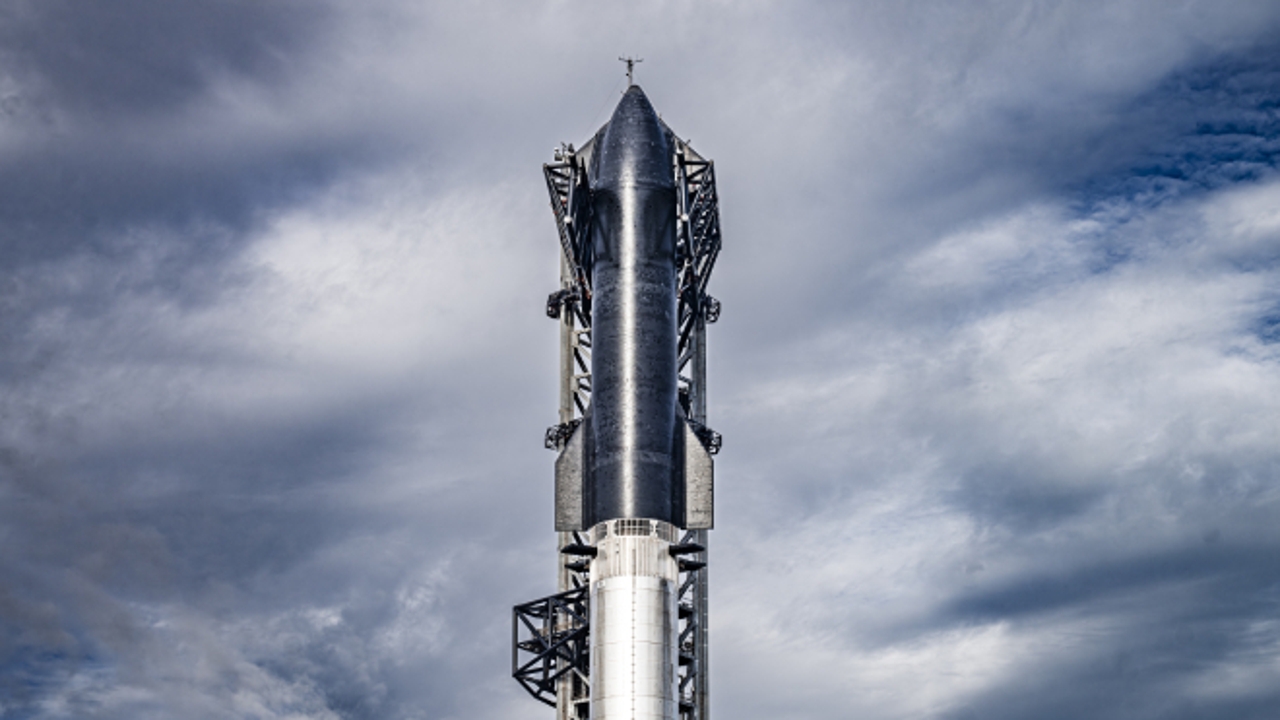SpaceX hopes to be able to carry out the third Starship launch attempt this Thursday the 14th, but it is a date that, even with the immense rocket on the launch pad and loaded with 4,600 tons of fuel, It is not 100% confirmed.
As the company still indicates on its website, the launch must still receive approval from the United States Federal Aviation Administration. If it does not arrive before tomorrow, SpaceX has a window that also includes the 15th and 18th, alternative dates on which the launch could take place from the Kennedy Space Center.
Although SpaceX maintains the forecast for tomorrow, Elon Musk noted yesterday in X that it will take place 'at the end of the week, depending on the weather'. Which points more to Friday than tomorrow.
Flight 3 end of week, pending weather https://t.co/DLGD6Vj7SB
— Elon Musk (@elonmusk) March 12, 2024
In any case, SpaceX has already enabled the broadcast of the event through X. This will begin 30 minutes before the scheduled launch time that must take place at 1:00 p.m., in Spain, on Thursday the 14th. The mission broadcast will start half an hour before, at 12:30.
Watch Starship's third flight test https://t.co/1u46r769Vp
— SpaceX (@SpaceX) March 5, 2024
If you prefer to watch it in the highest quality possible, the Everyday Astronaut YouTube channel will broadcast it in 4K resolution.
Starship, to the Moon and Mars
Starship is the largest rocket built so far and the one that will carry the mission's astronauts Artemis III to the Moon in 2026. It won't just get there, Musk hopes it will also extend space exploration to Marsbut before thinking about satellites and other planets, it has to take off, not explode, make its first flight and get it to land in one piece so it can be reused in the future.
This week will be the third Starship launch attempt. The rocket, which measures 121 meters tall and is composed of the propellant Super Heavy and the ship Starship, already tried to take off in April and November of last year. On both occasions, exploded a few minutes after taking off. For this attempt, Musk has ventured that they have a 70-80% of possibilities of reaching orbit.
Starship flight objectives
The flight planned for this third attempt has a greater number of objectives and more ambitious than in the two previous attempts. Among them, 'the opening and closing of Starship's cargo door, a propellant transfer demonstration during the shore phase of the upper stage, the first firing of a Raptor engine in space, and a controlled reentry of Starship ', explains SpaceX on its website.
'It will also fly a new trajectory, with Starship aiming to land in the Indian Ocean,' the company adds. 'This new flight path allows us to try new techniques such as engine burnouts in space while maximizing public safety.'
The two Starship explosions
On the first launch, Super Heavy never separated from Starship. The operation failed, the rocket started to spin uncontrollably and self-destructed after four minutes of flight. By then, 8 of its 33 Raptor engines had stopped working.

At the November launch, the two-stage separation system worked, but the flight did not last 9 minutes. After separation, Super Heavy had to use 13 of its engines to continue the flight and make a controlled landing in the Gulf of Mexico.
However, several of those engines began to shut down until 'an engine failed energetically, which quickly led to to rapid unscheduled disintegration of the propellant. The disintegration of the vehicle occurred more than three and a half minutes after launch at an altitude of 90 km over the Gulf of Mexico,' SpaceX explained.
Starship continued its flight for a few minutes, but 'a leak in the rear section of the spacecraft developed when the liquid oxygen depressurization valve was started resulted in a combustion event and subsequent fires which led to a loss of communication between the spacecraft's flight computers.'
Due, Starship's 6 Raptor engines shut down and the Autonomous Flight Safety System activated the flight termination system. At that time, Starship was at an altitude of 150 kilometers and was traveling at a speed of 24,000 km/h.
SpaceX has 4 Starship rockets already built or close to completion. Tomorrow we will see if the number is maintained.

